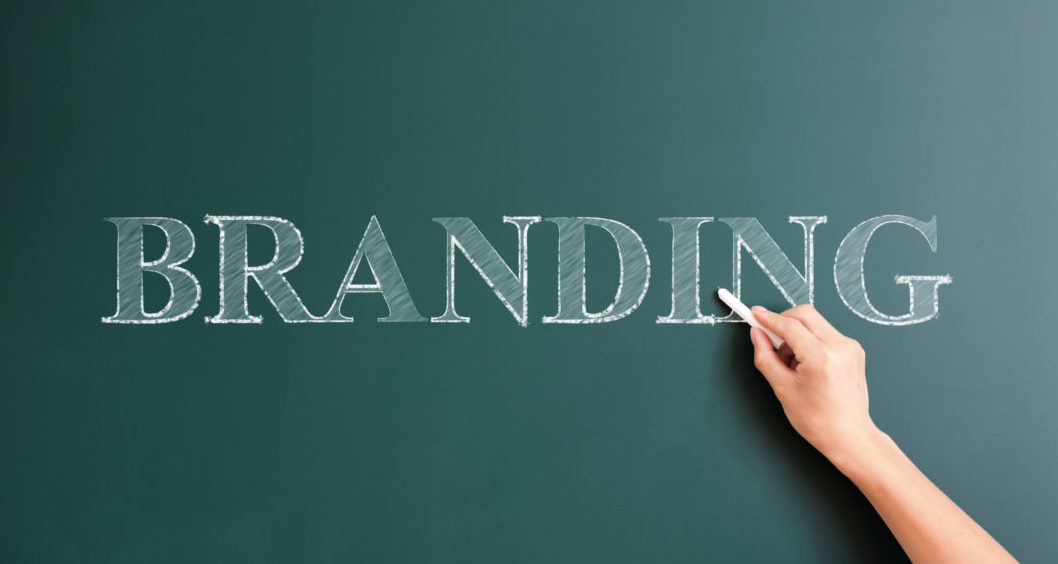
Chalk it up to experience: Learn how to brand yourself with these expert tips
“What do you do for a living?”
From cocktail parties to coffee shop meet-ups, the most common opening line you’re likely to hear is a question about your work. There have been times in my life when this was an easy question—when I worked in corporate, all I had to do was give my job title and my employer. But once I started working for myself, it got a little harder. It’s like when your relationship status on Facebook goes from “single” to “it’s complicated.”
Having a great answer to that conversational opening is not just useful in order to avoid an awkward pause. When you work for yourself, everyone you meet is a potential connection to a future client. Your response needs to both answer the question and give the person in front of you the ability to recognize if they know anyone you can help. This is the essence of a personal brand.
Before we talk about what you need to do to define your personal brand, let’s talk about how to avoid some of the pitfalls that plague people who are new to the free-agent life.
Don’t Be Generic
It’s easy to say that what you do applies to everyone. That should make your list of potential buyers longer, right? Wrong. When you work independently, your secret sauce is your unique value. If I say I’m a management consultant, I’m competing with organizations like the Boston Consulting Group and McKinsey. But when I say that I provide growth strategies for professional services firms that bring in $2M–$10M in revenue, I’m telling a much more powerful story.
Don’t Be Shy
When you’re asked what you do, it’s your golden opportunity to promote yourself. While you don’t want to monopolize the conversation with a 20-minute monologue, be prepared to give a quick pitch for why you’re awesome at what you do, then tell a great (short) story about how you’ve helped someone.
OK, now that you know what not to do, let’s talk about the work that goes into developing the persona that supports your practice.
A brand is the essence of a company. Think about some of the most recognized brands in the world. The first thing that comes to mind is often a company’s logo, color scheme, or tagline. These elements give you a consistent image of what the organization stands for. A great example is Southwest Airlines. They are not a luxury carrier, but in every commercial, they remind you that they love their work, have low fares, and get you to your destination on time. You may not be able to afford a 30-second spot in prime time, but when someone asks you what you do, that’s your chance to do a quick commercial for yourself.
Do Know What Makes You Different and Unique
Focus on your strengths, and create a one-sentence description of how you add value, help your clients, or make the world a better place.
Do Have a Website
It’s ridiculously easy to create an online presence. Whether you use a free service like Wix or WordPress, or pay a designer to create something that’s customized, your website is where you send people to learn more about what you do and how you do it.
At a minimum, you need a logo, business cards, and a landing page where people can learn a little more and then contact you.
Big companies spend thousands, even millions, of dollars on branding and design. If you’re like me, you probably don’t have a budget that size. But you don’t need to lay out a huge pile of cash to create a personal brand. You just need to be able to answer these three questions:
- Who is my ideal customer?
- What problem do I solve?
- How do I reach my customers?
Don’t Get Caught Off Guard
Spend some time thinking about (and writing down) your answers to the above questions, then translate them into a great 30-second pitch about who you are and what you do. Practice your pitch on your friends until you’ve got it down, and you’ll be well on your way to personal brand success and landing your next client.



 3 min read
3 min read

